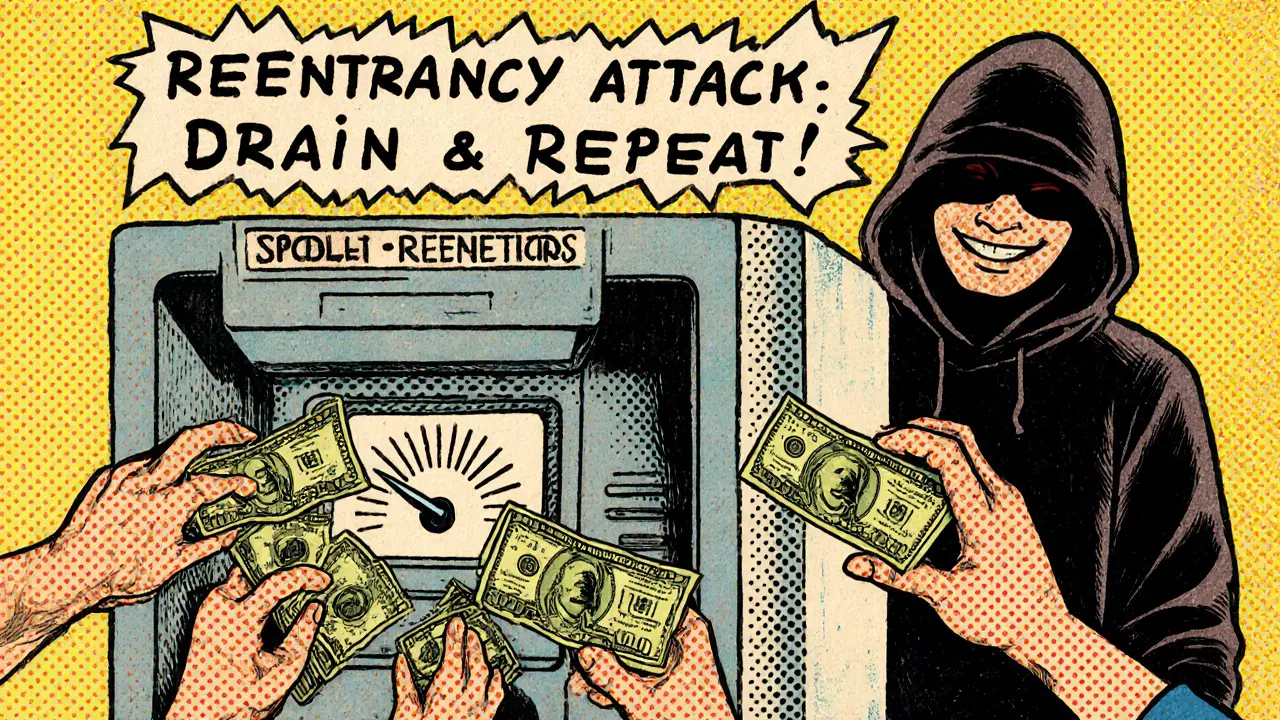Oracle Manipulation: How Fake Data Breaks DeFi and What to Watch For
When you stake ETH or trade on a DeFi platform, you trust that the price of Bitcoin or USDC is real. That trust comes from a blockchain oracle, a bridge that feeds real-world data like prices or weather into smart contracts. Also known as data feed provider, it’s the invisible middleman that tells your wallet whether a token is worth $1 or $100. If that oracle is compromised, your entire position can be wiped out in seconds — not because the market crashed, but because someone lied to the system.
Oracle manipulation happens when bad actors trick these data feeds into reporting false prices. They might flood a small exchange with fake trades to make ETH look cheaper than it is, then use that fake price to borrow thousands of dollars worth of stablecoins. When the truth comes out, the protocol liquidates their position — but only after the attacker has already cashed out. This isn’t theory. In 2022, a single oracle exploit drained over $100 million from a major DeFi protocol because the price feed was pulled from a single, unmonitored exchange.
These attacks don’t need fancy hacking tools. They rely on weak design: oracles that trust only one data source, or ones that don’t check for unusual spikes. That’s why top platforms now use price feeds, aggregated data from multiple exchanges to reduce single-point failure and DeFi security, the set of practices that prevent smart contracts from being tricked by bad data. But many smaller protocols still cut corners. If you’re using a new DEX or lending app, ask: Where does its price data come from? Is it pulled from five big exchanges, or one obscure one with $10,000 in daily volume?
Some projects even pretend to fix the problem by using their own token as a price reference — a dangerous loop that collapses when the token drops. That’s how fake airdrops like WHX or ZeroHybrid Network sneak in: they build hype around a token with no real market data, then use fabricated oracles to make it look valuable. The result? Wallets get drained, users lose trust, and the whole space gets dirtier.
What you’ll find in these posts isn’t just technical jargon. It’s real cases — like how Coinquista and BITCOINBING failed because they didn’t verify their data, or how Hertz Network (HTZ) vanished after its price feed went silent. You’ll see how smart contract risks, the hidden dangers in automated code that can be exploited through flawed inputs aren’t about bugs in the code, but about lies in the data feeding it. These aren’t distant threats. They’re happening right now, to people who didn’t ask the right questions.
Stay sharp. If a DeFi project sounds too good to be true — high yields, no audits, no clear price source — it probably is. The next big hack won’t come from a leaked private key. It’ll come from a single line of fake data. And if you don’t know where that data comes from, you’re already at risk.
Common Smart Contract Vulnerabilities and How They Cost Millions
by Johnathan DeCovic Oct 28 2025 22 CryptocurrencySmart contract vulnerabilities have cost over $1.1 billion since 2016. Learn the top risks-reentrancy, access control, oracle manipulation-and how to prevent them before your project gets hacked.
READ MORE
